The Shrine of Our Lady of Walsingham
Little Walsingham sits in the heart of the English county of Norfolk. Surrounded by villages such as Great Snoring, Houghton St Giles and the smaller – despite the name – Great Walsingham, it is known as England’s Nazareth. It is believed to house the oldest European shrine to Our Lady, with its origins stemming from an apparition of the Virgin Mary.
St Edward the Confessor was on the English throne in 1061 when the Mother of God appeared to widow Richeldis de Faverches, lady of the manor at Walsingham. In a series of visions, Mary ‘took’ her to Nazareth and showed her the Holy House where the Annunciation took place. Our Lady then asked Richeldis to build a replica of this house, promising her that all who are in any way distressed or in need, let them seek me there in that little house in Walsingham. She further said that all who seek me there shall be given succour. And there at Walsingham in that little house shall be held in remembrance the joy of my salutation when St Gabriel told me I should through humility become the Mother of God’s Son.
The Holy House was duly built and the pilgrims soon began arriving. This was more than thirty years before the Crusades, and the Holy Land, as well as being a dangerous place to visit, was often not accessible to ordinary folk. The people of England welcomed having this House of Nazareth on their doorstep.
By the middle of the 12th century the shrine’s popularity was such that the Augustinians arrived to set up a priory there and take care of the little building. With the building of the great Priory Church, the crowds poured in, young and old, royalty and commoner, the devout and the curious, but mostly all with one thing in common: to pray for their own needs. Henry II is said to have made multiple visits there, perhaps in penance for ordering the death of his Archbishop of Canterbury. It is believed the murder of Thomas à Becket haunted him for the remainder of his life.
Henry III officially gave the royal seal of approval in 1226 and from then on, until the Reformation, it was almost mandatory for English monarchs to visit. Along the pilgrim route which became known as the Walsingham Way, several chapels were built for the weary travellers to rest. The last one, built in the 14th century, was dedicated to St Catherine of Alexandria, patroness of pilgrims, but was popularly known as the Slipper Chapel. Travellers would leave their shoes there, opting to walk the last mile (1.6kms) barefoot.
King Henry VIII first visited the shrine in 1511 when he made a pilgrimage in thanks for his long prayed-for son, Henry. Sadly, the child did not live to see adulthood and the King’s chequered life is well known. He made his last visit there in 1525. Fewer than ten years later he had parted from Rome, and soon after, the Dissolution of the Monasteries began. A year before he ordered the closure of the shrine and the priory, the sub Prior Nicholas Mileham was charged with conspiracy and executed at Walsingham, along with layman George Gainsborough. In 1538 the buildings were destroyed and the statue of Our Lady and the Child Jesus was taken to London and burned in front of Thomas Cromwell. It appears Henry’s troubled soul never quite came to terms with his actions, as nine years later, on his deathbed, he was heard to be praying to Our Lady of Walsingham.
Officially, Walsingham ceased to be a place of pilgrimage. The grounds surrounding the priory ruins became overgrown and an air of desolation took over. The Slipper Chapel remained unscathed, however, although it was no longer used as a chapel, but as a barn for a nearby farm. It is said that during the Persecution, Catholics would regularly pray there. It was to be the end of the 19th century before the first seeds were sown for the re-vitalising of the Walsingham shrine.
Charlotte Pearson Boyd, a devout Anglican, was familiar with the barn and its origins as an ancient chapel. She planned to purchase the building and gift it to her church. Two years before the purchase went through she made a trip to Belgium, and while there attended a retreat run by a Jesuit priest. By the time she returned to England she had become a Catholic. In June 1896 Charlotte bought the building and restoration work began. On completion, Charlotte wanted to donate the chapel to the Catholic Church but the bishop declined it, as they had recently established a shrine of Our Lady of Walsingham at nearby King’s Lynn. She therefore entrusted it to the Benedictines of Downside Abbey and on the 20th of August 1897, the first pilgrimage, the Guild of Our Lady of Ransom, arrived at the Slipper Chapel. King’s Lynn continued to receive national pilgrimages annually until 1934, when the official shrine was restored to Walsingham. Charlotte died in 1906, so did not live to see her dearest wish fulfilled.
Had she lived, I’m sure she would have been delighted to see the building of the Anglican shrine to Our Lady of Walsingham. Vicar Alfred Hope Patten arrived in the village in 1921 and set about planning a shrine starting with the making of a statue based on the original, in 1922. Ten years later the new replica of the Holy House of Nazareth was built and the statue duly installed. Anglicans soon began arriving in large numbers to visit their shrine, and continue to do so today.
Two years after the building of the Anglican shrine, the Slipper Chapel became the National Catholic Shrine of Our Lady of Walsingham. In August 1934, the first Mass was celebrated and four years later the chapel of the Holy Ghost was added, along with a sacristy and small cloister.
Walsingham experienced a short period of isolation in 1940 when pilgrimages were banned for the duration of the war. Because of its close proximity to the coast it became a restricted area, and although access to the Slipper Chapel was restored in 1941, official pilgrimages were no longer allowed. When the ban was lifted, the crowds once again swelled the streets of the little village.
In the years since, the shrine has continued to grow. The Slipper Chapel sits within a complex of buildings which includes the larger Chapel of Our Lady of Reconciliation and facilities for the multitudes of visitors that arrive each week. There are also outdoor Stations of the Cross and the Rosary Way. The Marist Fathers were responsible for the upkeep of the shrine from 1968 until recent times, and together with the Marist Sisters looked after the pilgrims.
On the 27th of December 2015, the feast of the Holy Family, Pope Francis designated Walsingham’s shrine as a minor basilica, one of only four in Britain and the first to receive such an honour since 1941. Both Catholics and Anglicans welcomed the move, hoping it will draw more people to England’s Nazareth. There’s little doubt that the succour Mary promised will be given for a long time to come.
Prayer to Our Lady of Walsingham
All holy and ever-living God, in giving us Jesus Christ to be our Saviour and Brother, You gave us Mary, his Mother, to be our Mother also; grant, we pray you, that we may be worthy of so great a Brother and so dear a Mother. May we come at last to You the Father of us all through Jesus Christ Your Son, who lives and reigns with You and the Holy Spirit for ever and ever. Amen.
From the Litany by Fr Eric Doyle O.F.M.
Our Lady of Walsingham,
pray to the Lord for us.
Mary the Virgin,
pray to the Lord for us.
Mary, Mother of God,
pray to the Lord for us.
Mary at Nazareth,
pray for all families.
Mary, who stood by the Cross,
pray for all who suffer.
Mary, model of Womanhood,
pray for all women.
Woman who followed Him,
remember us to God.
Mother of the Church,
be our Mother always.
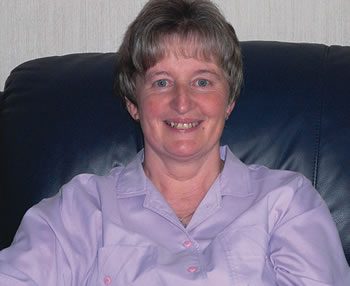
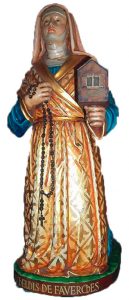
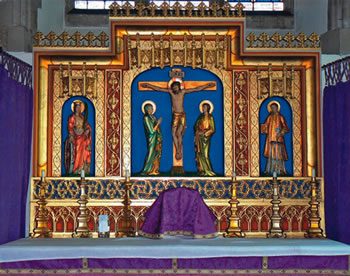
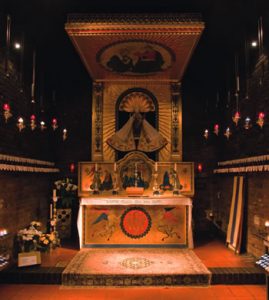
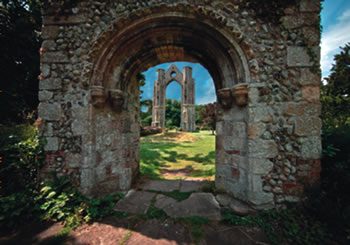
 Entries(RSS)
Entries(RSS)